The conformation of the urban form in the historical nucleus of the Cuzco city: exegesis of Spanish-Andean syncretism
DOI:
https://doi.org/10.64197/REIA.16.289Keywords:
Cuzco (Perú), Urbanismo, Centros históricos, Perú, Diseño urbano, Ciudad históricaAbstract
The study analyses the process of urban form transformation of the historical center of Cuzco city under the hypothesis that this form is the result of a singular Hispano-Andean syncretism of great significance and values, which transcends the merely monumental. For this purpose, historiographic methods and sources have been used, through which morphogenetic processes are deployed in a diachronic scheme that focuses on three moments that constitute singularities within the apparent linearity of the post-Inca transformation, and which coincide with the periods of the Viceroyalty (colony), the Republic (nineteenth-century liberalism) and Modernity (twentieth century). From this analysis, it is concluded that the urban form at the founding moment, characterized by a certain anthropic balance between the natural and built landscape, was gradually diluted to be transmuted into an eminently architectural urbanism, with a prevalence of the built form; Nevertheless, suggestive and singular persistencies can be traced, sedimented in a sort of valuable urban palimpsest that allows to interpret, as exegesis or hermeneutics, a Hispanic-Andean syncretism characteristic of one of the most representative cities of Peru and traceable in other Hispanic-Andean cities. To do this, four categories of analysis have been used, from which a partially unprecedented urban culture has become visible, and which can serve as a source of reorientation of ongoing urban processes.Downloads
Download data is not yet available.
Downloads
Published
2020-01-01
How to Cite
Orellana Tapia, M. J., & Ruiz Sánchez, J. (2020). The conformation of the urban form in the historical nucleus of the Cuzco city: exegesis of Spanish-Andean syncretism. REIA - European Journal of Architectural Research, (16). https://doi.org/10.64197/REIA.16.289
Issue
Section
Articles




